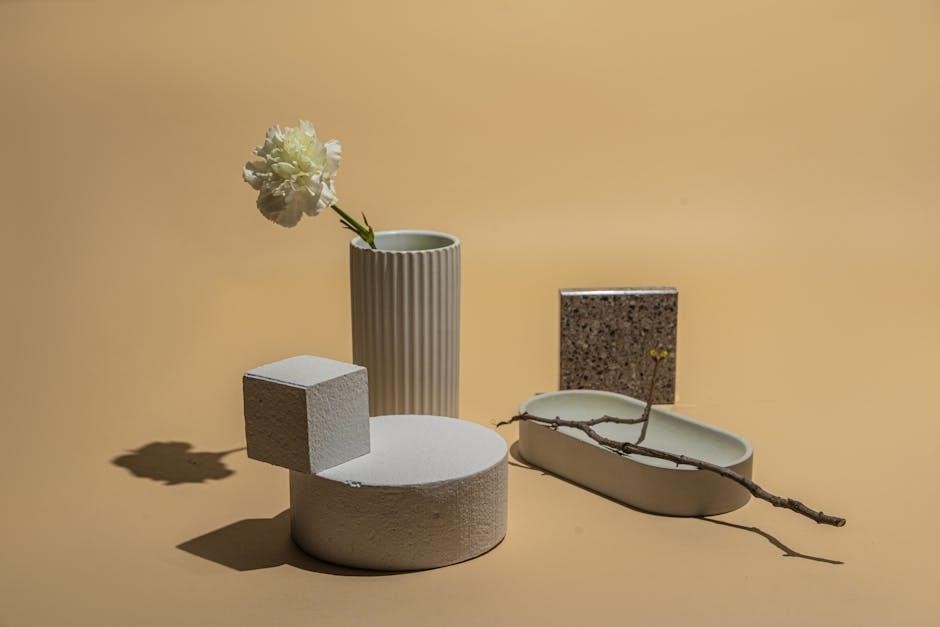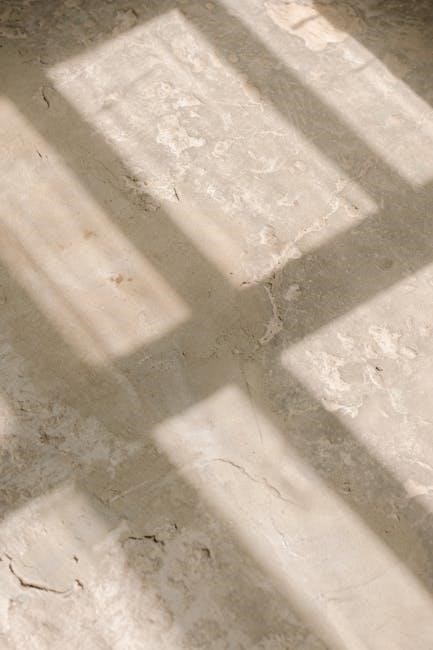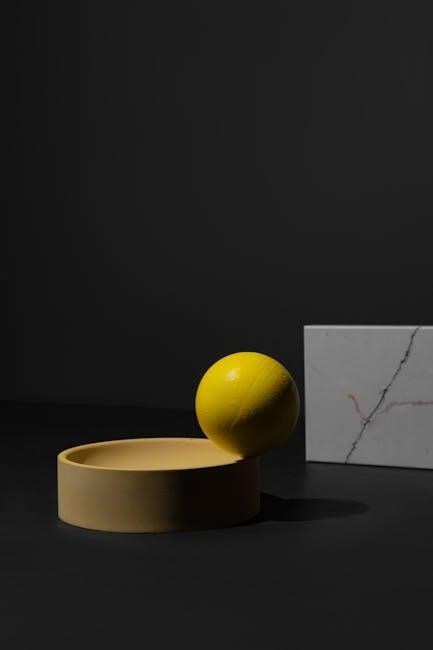to develop visualization and problem-solving skills with various composite figures and shapes.
Definition and Importance
The definition of area of composite figures refers to the measurement of the total space occupied by a shape that is made up of multiple simpler shapes, such as triangles, rectangles, and squares. Understanding the concept of area of composite figures is important because it helps students develop problem-solving skills and visualization techniques. By using worksheets and practice problems, students can learn to break down complex shapes into simpler components and calculate their areas. This skill is essential in real-world applications, such as architecture, engineering, and design. The importance of area of composite figures lies in its ability to help students think critically and solve problems in a logical and methodical way. With the help of worksheets and online resources, students can master the concept of area of composite figures and apply it to a wide range of situations. Using online resources, such as area of composite figures worksheet pdf, can provide students with a comprehensive understanding of the subject.

Real-World Applications
Area of composite figures has numerous real-world applications, including architecture, engineering, and design. Architects use the concept to calculate the area of buildings and spaces, while engineers apply it to design and optimize systems. For instance, a builder might need to calculate the area of a complex roof shape to determine the amount of materials required. Similarly, a landscape designer might use the concept to calculate the area of a garden or park. The ability to calculate the area of composite figures is also essential in urban planning, where it is used to determine the area of cities and towns. By using area of composite figures worksheet pdf, students can develop a deeper understanding of these real-world applications and how the concept is used in various industries. This knowledge can help students pursue careers in fields that require the application of mathematical concepts to solve real-world problems, making it a valuable skill to acquire. Online resources can provide further examples and practice problems.

Types of Composite Figures
Composite figures include rectangles, triangles, and circles, using worksheets to understand and calculate their areas and perimeters with various shapes and figures.
Rectangular Composite Figures
Rectangular composite figures are made up of multiple rectangles, and to find their area, we need to calculate the area of each individual rectangle and then add them together. This can be done by using the formula for the area of a rectangle, which is length times width. We can find the area of each rectangle and then add them up to find the total area of the composite figure. Using worksheets and practice problems can help us understand and apply this concept. For example, if we have a composite figure made up of two rectangles, one with a length of 4m and a width of 5m, and the other with a length of 3m and a width of 2m, we can calculate the area of each rectangle and then add them together to find the total area. This concept is important in real-world applications, such as architecture and design, where we need to calculate the area of complex shapes and figures. By practicing and applying this concept, we can develop our problem-solving skills and improve our understanding of geometry and math.
Triangular Composite Figures
Triangular composite figures are made up of multiple triangles, and to find their area, we need to calculate the area of each individual triangle and then add them together. The formula for the area of a triangle is one-half times the base times the height. We can use this formula to find the area of each triangle in the composite figure. Triangular composite figures can be found in various real-world applications, such as architecture and design. For example, a roof of a building can be made up of multiple triangles, and calculating the area of each triangle can help us determine the total area of the roof. Using worksheets and practice problems can help us understand and apply this concept. By practicing and applying this concept, we can develop our problem-solving skills and improve our understanding of geometry and math. We can also use online resources and tutorials to learn more about triangular composite figures and how to calculate their area. This can help us become more proficient in math and geometry.

Calculating the Area of Composite Figures
Calculating area involves using formulas and techniques to find the total area of composite figures, using math concepts and problem-solving skills effectively always.
Adding and Subtracting Areas
To calculate the area of composite figures, students need to learn how to add and subtract areas of simple shapes, using worksheets and practice problems to develop their skills.
This involves breaking down complex figures into simpler shapes, such as triangles, rectangles, and squares, and then finding the area of each shape.
The areas of these shapes can then be added or subtracted to find the total area of the composite figure, using math concepts and formulas.
For example, if a composite figure is made up of a large rectangle with a smaller triangle removed, the area of the composite figure can be found by subtracting the area of the triangle from the area of the rectangle.
By practicing adding and subtracting areas, students can develop their problem-solving skills and become more confident in their ability to calculate the area of complex figures, using online resources and tutorials for support.
This skill is essential for solving real-world problems and is used in a variety of applications, including architecture, engineering, and design, where area calculations are critical.
Using Formulas and Techniques
Using formulas and techniques is a crucial step in calculating the area of composite figures, and students can practice this skill using worksheets and online resources.
The formula for the area of a composite figure involves adding or subtracting the areas of the individual shapes that make up the figure, using math concepts such as addition and subtraction.
Students can use various techniques, such as counting squares or using geometry formulas, to find the area of each shape and then calculate the total area of the composite figure.
For example, the area of a rectangle can be found using the formula length x width, while the area of a triangle can be found using the formula 0.5 x base x height.
By applying these formulas and techniques, students can develop their problem-solving skills and become more confident in their ability to calculate the area of complex figures, using tutorials and practice problems for support.
This skill is essential for solving real-world problems and is used in a variety of applications, including architecture and engineering, where area calculations are critical to design and construction.

Worksheets and Practice Problems
Worksheets and practice problems provide students with opportunities to apply skills and develop understanding of composite figures.
Area of Composite Figures Worksheets
Area of composite figures worksheets are designed to help students develop their problem-solving skills and understanding of composite shapes. These worksheets typically include a variety of problems, such as finding the area of complex figures, calculating perimeters, and identifying shapes. By using worksheets, students can practice and apply their knowledge of composite figures in a fun and interactive way. The worksheets often feature different types of composite shapes, including rectangles, triangles, and semicircles, and may require students to break down complex shapes into simpler components to calculate their area. Many online resources offer free pdf worksheets that can be downloaded and printed, making it easy for teachers and students to access and use them. With regular practice and review, students can become proficient in calculating the area of composite figures and develop a strong foundation in geometry and math.
Online Resources and Tutorials
There are numerous online resources and tutorials available to help students learn about area of composite figures, including websites that offer free pdf worksheets and video lessons. Many educational websites, such as Corbettmaths, provide interactive tutorials and practice problems to help students understand the concept of composite figures. Additionally, online platforms like YouTube and Khan Academy offer video lessons and explanations that can be used to supplement classroom instruction. These online resources can be especially helpful for students who need extra support or want to review material at their own pace. By utilizing these online resources, students can gain a deeper understanding of area of composite figures and develop their problem-solving skills. Furthermore, online resources can be easily accessed and used by teachers to create engaging and interactive lessons for their students, making it a valuable tool for both students and educators.
